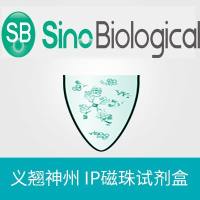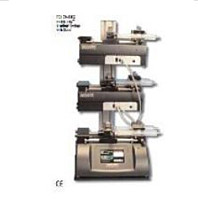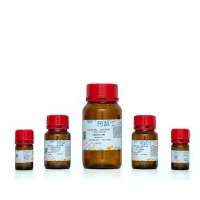The goal of suicide gene therapy is the specific expression of a toxic gene in cancer cells. In order to achieve this objective, vehicles and transfection strategies must be designed to specifically deliver suicide genes to the desired cells. Up to now, the use of bacteria and other micro-organisms, viruses, and nonviral liposomes as well as the transfection of naked DNA have all been explored as methods of introducing foreign DNA into cells. This chapter describes the use of peptides, proteins, and polymers in the formulation of nonviral transfection agents. A number of recent reviews have outlined the advantages and disadvantages of nonviral systems to deliver therapeutic agents (1 –3 ) and genes (4 –9 ). One advantage of these vectors over viral systems is the diversity of agents that can be used. Unlike viruses, which often lack cell specificity, the potential exists to tailor the delivery of peptide- or polymer-based vectors to target cells of interest. On the other hand, viruses are advantageous in that they have evolved to use natural mechanisms to enter cells and their DNA is packaged to induce the expression of foreign genes. The efficient delivery and expression of novel genes can also be achieved with nonviral systems. Many of the agents discussed in this chapter, however, remain under development and are not commercially available. Nonetheless, there exists a great potential for the use of peptide- and polymer-based delivery agents in clinical applications.






